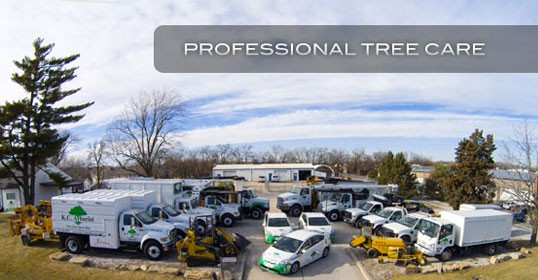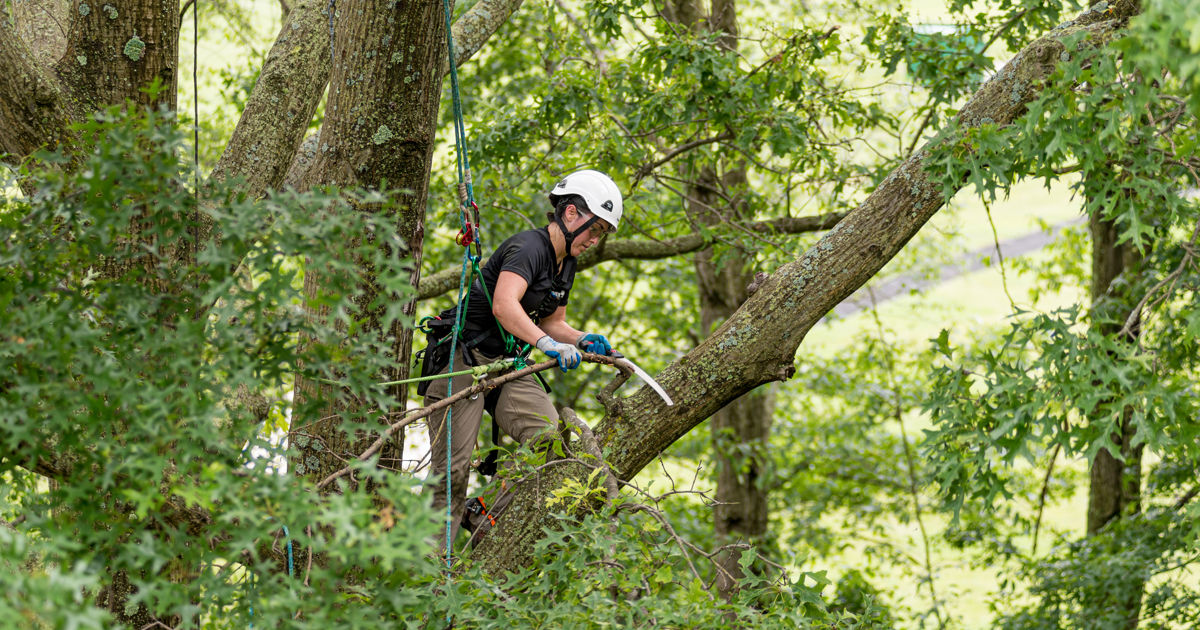Comprehending the Significance of Tree Preservation and Conservation Practices in Urban Areas
In the busy landscape of city settings, trees usually stand as silent guardians, giving a plethora of advantages that expand much past their visual allure. Understanding the value of tree conservation and conservation practices in these areas is not simply an alternative technique but an ecological consideration to promoting resistant and lasting neighborhoods. As we explore the interwoven material of ecological, social, and financial benefits that metropolitan trees offer, it becomes apparent that their conservation is essential for the health of future and present generations. Allow us embark on a journey to reveal the essential role that trees play in shaping the urban landscapes of tomorrow.
Ecological Benefits of Trees in Cities
Trees in city locations play an essential role in giving various environmental benefits, contributing to the total well-being of city slicker. One substantial benefit is the improvement of air high quality. Trees function as all-natural filters, taking in pollutants such as carbon monoxide, sulfur dioxide, and nitrogen dioxide, and releasing oxygen into the environment. This procedure helps in reducing the concentration of dangerous gases, making the air cleaner and much healthier for residents.

In addition, trees add to water monitoring by minimizing stormwater overflow and soil erosion. On the whole, the ecological benefits of trees in cities are vital for creating livable and lasting urban environments.
Social Importance of Urban Tree Preservation
In modern urban landscapes, the conservation of trees holds significant social relevance for fostering area health and enhancing top quality of life. Urban tree conservation plays a crucial role in developing areas for social interaction and neighborhood involvement.

Economic Worth of Tree Preservation
The preservation and conservation of city trees supply considerable financial benefits that add to the overall monetary well-being of areas and cities. Urban trees provide a large array of financial benefits that favorably impact local economies.
Additionally, trees play an essential function in reducing stormwater drainage and reducing the results of flooding, which can result in cost savings for cities in regards to facilities upkeep and repair work. Urban trees likewise contribute to improved air high quality by releasing and soaking up pollutants oxygen, causing prospective savings in healthcare expenses related to breathing health problems. By investing and identifying in the economic worth of tree preservation, cities can promote sustainable growth, boost high quality of life, and develop even more resilient metropolitan environments.
Approaches for Sustainable Urban Tree Administration
An extensive strategy to sustainable metropolitan tree management entails integrating varied approaches that prioritize long-term environmental wellness and area health. Carrying out tree stocks and analyses is essential to understand urban tree populations, their wellness, and upkeep demands.
Community interaction plays an essential function in lasting urban tree administration. Informing citizens about the advantages of trees, arranging tree planting events, and involving volunteers in tree treatment activities cultivates a sense of possession and stewardship. Partnership in between regional federal government, ecological organizations, and locals is crucial to developing and applying reliable tree management plans.
Buying green framework, such as urban woodlands and environment-friendly roofings, can offer numerous advantages, including improved air high quality, stormwater monitoring, and metropolitan heat island mitigation. RC Property Services Guilford CT. Integrating trees into urban preparation and layout procedures ensures that trees are valued as crucial components of a healthy and resistant metropolitan atmosphere
Area Participation in Tree Conservation
Area participation is a basic element in fostering lasting city tree management methods and guaranteeing the long-lasting health and conservation of city tree populaces. Engaging the area in tree conservation efforts can bring about enhanced understanding, recognition, and stewardship of trees within metropolitan areas. click here to read When homeowners actively join tree growing, conservation, and upkeep efforts, they create a feeling of possession and pride in their local environment.
Area involvement likewise advertises social communication and collaboration among citizens, local authorities, and ecological organizations, promoting a shared duty for metropolitan tree conservation. By arranging tree growing events, academic workshops, and volunteer opportunities, neighborhoods can function with each other to improve the urban tree canopy and develop greener, much healthier cities. Entailing citizens in decision-making procedures relating to tree monitoring makes certain that varied viewpoints and regional expertise are thought about, leading to a lot more sustainable and effective preservation techniques. Inevitably, community participation plays a vital duty in structure durable and thriving city woodlands for future generations to delight in.
Final Thought
Finally, city tree conservation and conservation methods play an essential duty in improving the ecological, social, and financial well-being of cities. By recognizing the value of trees in metropolitan areas and executing lasting management methods, areas can delight in the various advantages that trees provide. It is critical for stakeholders to proactively participate in tree conservation efforts to ensure a greener and healthier city setting for future and present generations.
